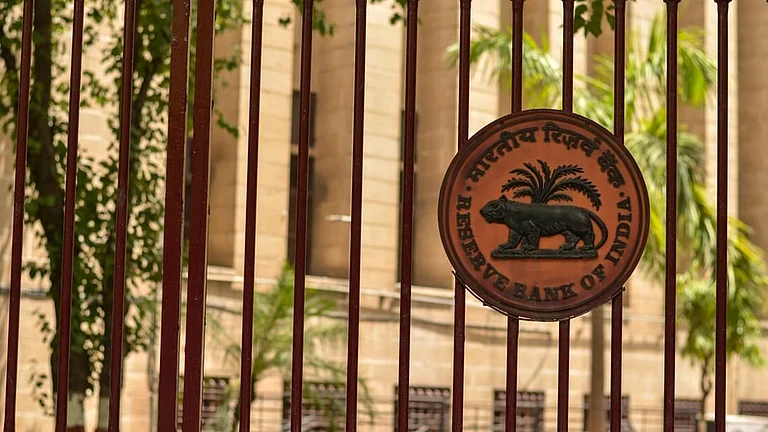Lending rates in India are currently at decades low and are likely to remain so over the next one- to one-and-a-half years, owing to slow economic activity because of the ongoing Covid-19 pandemic. The area of real estate, however, has been witnessing a spurt in demand for housing; especially in the affordable housing segment, since the second half of the financial year ended March 2021.
According to the Reserve Bank of India’s data, outstanding loans in the housing sector (including priority sector housing) were Rs 14.61 lakh crore, up 9.5 per cent year-on-year, as of April 23, 2021. The demand continues to rise even as the Covid 2.0 wave is raging through the nation causing severe damage to life and the economy.
As more and more buyers gravitate toward the sector, especially drawn by the low-interest rates, a frequent choice every prospective borrower could have is whether to go for a fixed rate of interest or the floating rate of interest.
Before proceeding with which one is a better choice, it is important to understand or revise our understanding of the two terms.
Fixed Rate
As the term suggests, a fixed rate remains stable during the tenure of the loan, despite fluctuations in the Reserve Bank of India’s repo and reverse repo rates or any other benchmark rate. Opting for this kind of rate ensures protection to the borrower from any sudden spike in the interest rate that could affect monthly EMI, therefore help plan finance better; especially since home loans are long tenor loans.
On the flip side, though, a borrower may not be able to enjoy the benefits of a low rate in case the rates further go down. A borrower can opt for part fixed and then floating rate. She or he should know whether the fixed rate offered will remain constant throughout the tenure (pure fixed loan) or is likely to change after a lock-in period. The lock-in period can be negotiated with the bank.
Floating Rate
Floating interest rates tend to change with banks’ moves. It usually has two components – index and spread. If the rate is marked to an index, the EMI will generally increase in tandem with the rise in the index and vice versa. Most of the time in case the rate increases, the bank extends the tenor and vice versa. A consumer needs to seek clarity as to which index will be used for setting the floating rate. When an interest rate falls, it can have a bearing on the actual loan, and the borrower can expect unexpected gains from the same. This results in savings on monthly payments toward the loan. Most importantly, floating rates are generally lower than the fixed rate.
This may, however, also create uncertainty in terms of planning one’s budget. When the trend of the interest rates is towards a rise, the borrower may naturally end up paying more than one can afford if the corresponding increase in the income is not there. This kind of interest rate follows inflationary and economic conditions.
Conclusion
Given the current circumstances, in which interest rates provided by banks are low, a fixed rate of interest would be more advisable than opting for a floating rate if the rate difference is not more than 25 bps. During other times, the floating rate would have been more attractive keeping fluctuations in mind and the need to take advantage of falling rates. However, since current rates are already low and unlikely to rise in the foreseeable future, locking in the rate will be positive in planning finances accordingly. There are other considerations too while taking a loan, such as which bank offers loans closer to the amount desired, better interest rates provide better services, and the disbursement speed to suit the builder demand in case of under-construction properties. However, if the interest rate type is the primary concern, then the borrower should apprise herself or himself of the advantages and disadvantages of both the available options including the pre-payments which one intends to do since almost all the high tenor home loans are foreclosed before the tenor ends.
The author is CEO, RHF
DISCLAIMER: Views expressed are the author’s own, and Outlook Money does not necessarily subscribe to them. Outlook Money shall not be responsible for any damage caused to any person/organisation directly or indirectly.





























